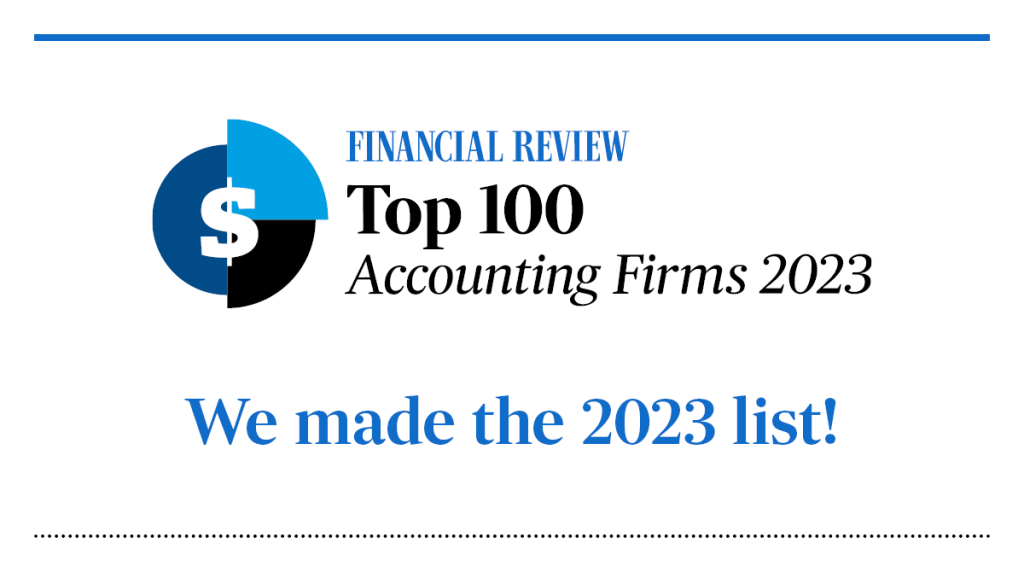Income tax and GST measures for business
Income tax and GST measures affecting businesses are outlined below. Some of these measures were first announced before the Budget was handed down.
Small business – instant asset write-off
The small business instant asset write-off threshold will be increased to $20,000, from 1 July 2023 until 30 June 2024. Without this measure, the threshold would have reverted to the standard legislation threshold of $1,000 from 1 July 2023.
Small businesses, with an aggregated turnover of less than $10 million, will be able to immediately deduct the full cost of eligible depreciating assets costing less than $20,000 that are first used or installed ready for use between 1 July 2023 and 30 June 2024. The $20,000 threshold will apply on a per asset basis, so small businesses can instantly write off multiple assets.
Assets valued at $20,000 or more (which cannot be immediately deducted) can be placed into the small business general use pool and depreciated at 15% in the first income year and 30% each income year thereafter.
The provisions that prevent small businesses from re-entering the simplified depreciation regime for 5 years if they opt-out will continue to be suspended until 30 June 2024.
Readers are reminded that temporary full expensing, which allows an outright deduction for the total cost of eligible depreciating assets, ends on 30 June 2023.
Small and medium business – energy incentive
The Government will introduce the Small Business Energy Incentive to help small‑ and medium‑sized businesses save on their energy bills.
The Small Business Energy Incentive will provide businesses with an aggregated turnover of less than $50 million with an additional 20% deduction on spending that supports electrification and more efficient use of energy.
This will help small and medium businesses make investments like electrifying their heating and cooling systems, upgrading to more efficient fridges and induction cooktops and installing batteries and heat pumps.
Up to $100,000 of total expenditure will be eligible for the incentive, with the maximum bonus tax deduction being $20,000 per business.
Eligible assets or upgrades will need to be first used or installed ready for use between 1 July 2023 and 30 June 2024.
PAYG and GST instalments – uplift factor
The GDP-adjustment factor for PAYG and GST instalments will be 6% for the 2023–24 income year (instead of 12% under the statutory formula).
The 6% uplift factor will apply to small businesses and individuals who are eligible to use the relevant instalment methods (aggregated turnover up to $10 million for GST instalments and aggregated turnover up to $50 million for PAYG instalments), in respect of instalments that relate to the 2023–24 income year and fall due after the enabling legislation receives Royal Assent.
The PAYG and GST uplift factors for 2022–23 are 2%.
Franked distributions funded by capital raisings
The Government confirmed that the start date for the measure to prevent the distribution of franking credits, where a distribution to shareholders is funded by particular capital raising activities, will apply to relevant distributions made on or after 15 September 2022 rather than 19 December 2016.
This measure is contained in Schedule 5 to the Treasury Laws Amendment (2023 Measures No 1) Bill 2023, which contains the revised start date.
Lodgment amnesty for small business
A lodgment penalty amnesty program is to be provided for small businesses with aggregated turnover of less than $10 million to encourage them to re-engage with the tax system.
The amnesty will remit failure-to-lodge penalties for outstanding tax statements lodged in the period from 1 June 2023 to 31 December 2023 that were originally due during the period from 1 December 2019 to 29 February 2022.
Incentives to increase housing supply
The Government will provide the following incentives to help increase the supply of housing:
- the capital works deduction rate will be increased from 2.5% to 4% per year for eligible new build-to-rent projects where construction commences after 9 May 2023; and
- the withholding tax rate for eligible fund payments from managed investment trusts to foreign residents on income from newly constructed residential build-to-rent properties after 1 July 2024 will be reduced from 30% to 15% (although this is subject to further consultation on eligibility criteria).
This measure will apply to build-to-rent projects only if:
- the construction consists of 50 or more apartments or dwellings made available for rent to the general public;
- the dwellings are retained under single ownership for at least 10 years before being able to be sold; and
- landlords offer a lease term of at least 3 years for each dwelling.
Patent box measures abandoned
The Government will not proceed with 3 separate patent box measures announced by the former Government in the Federal Budget 2021–22 and Federal Budget 2022–23. These measures would have provided concessional tax treatment in relation to:
- new patents in the medical and biotechnology sectors;
- the commercialisation of patented technologies which have the potential to lower emissions; and
- practical, technology-focused innovations in the Australian agricultural sector.




















































